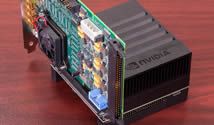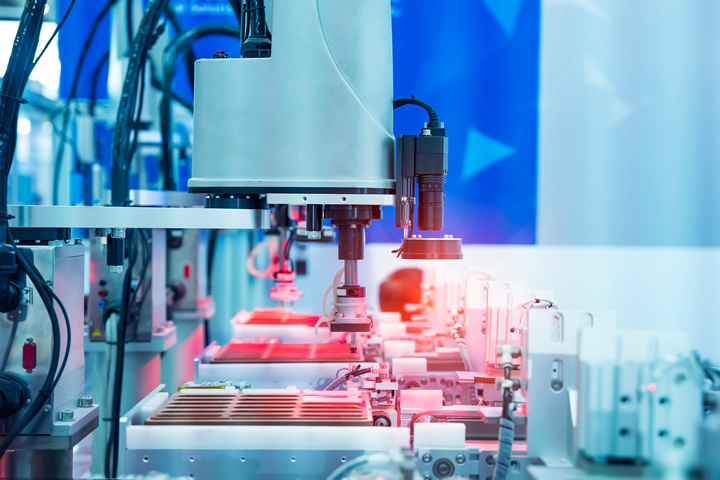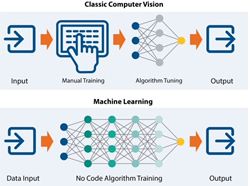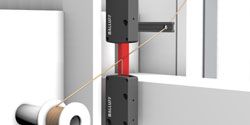The secret lives of manufacturing defects - How defects pass through the system undetected
Why Automated Optical Inspection Is a Winner in PCB Quality Control
Why training with few good images is fake news
Enhancing Safety Standards in Manufacturing Environments with Vision AI
Augmented Intelligence in Machine Vision - is Furthering Human Intelligence More Effective Than Replacing It?
Understanding the Role of Machine Vision in Industry 4.0
Using Infrared to Ensure Package Seal Integrity
Why the conventional deep learning model is broken
Do quality managers really want fully autonomous visual inspection?
RealWear Launches World's First Hands-Free, Voice-Controlled Thermal Camera
Learn How To Protect Your Business with AI for Visual Inspection - Pleora Webinar Live April 6, 2022
Robot Solution for Automating the Lettuce Harvest
Sharpening Alignment for More Accurate and Faster Machining
AI for End-to-End Quality
Continuous and Exacting Measurements Deliver New Levels of Quality Control
Records 16 to 30 of 70
First | Previous | Next | Last
Featured Product

Strain Wave Gearheads by maxon - Highly precise, compact, and efficient.
Manufacturing and Automation - Featured Company
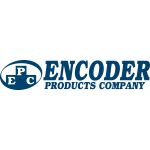

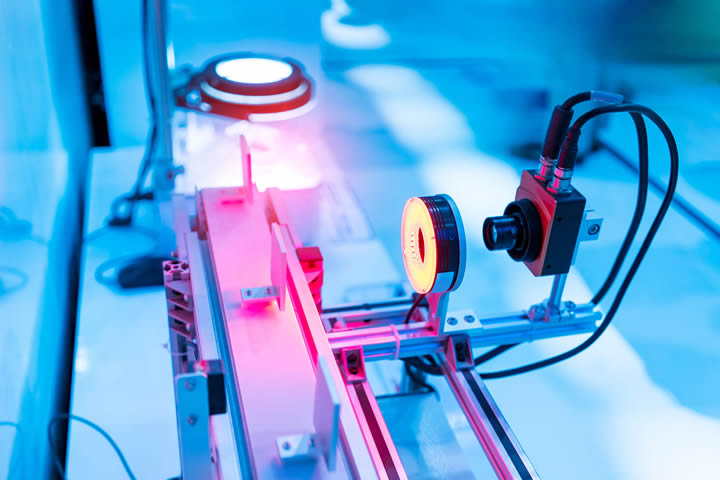
.jpg)



